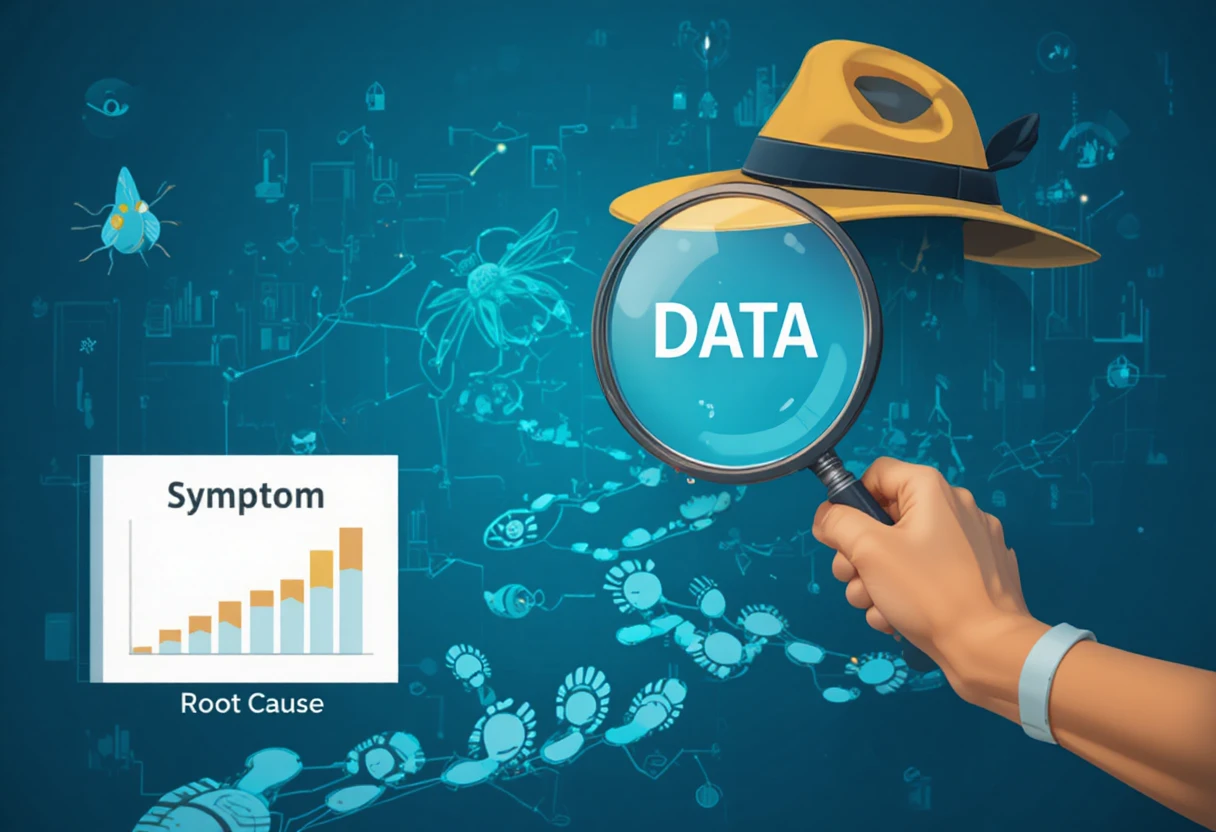Introduction
As organizations continue shifting to the cloud, the role of Technical Program Managers (TPMs) has expanded to include managing cloud-native programs. From microservices to Kubernetes and serverless architectures, TPMs now play a crucial role in driving cloud adoption, scalability, and resilience. In 2025, mastering cloud-native program management is a key differentiator for TPMs.
Why Cloud-Native Matters for TPMs
Cloud-native systems are designed for agility, scalability, and reliability. However, with distributed architectures comes added complexity: dependencies across services, evolving infrastructure, and new security challenges. TPMs ensure that these programs run smoothly across engineering, operations, and product teams.
Best Practices for Cloud-Native Program Management
1. Build a Strong Foundation in Cloud Concepts
TPMs don’t need to be cloud engineers, but they must understand:
- Containers & Orchestration (Docker, Kubernetes)
- Serverless Architectures
- CI/CD Pipelines
- Multi-cloud vs. Hybrid-cloud strategies
2. Align Cloud Strategy with Business Goals
Cloud-native adoption is not just about technology. TPMs must tie migration and modernization programs to cost optimization, faster releases, and customer experience improvements.
3. Emphasize Security and Compliance
Cloud-native programs introduce new security concerns. TPMs must align security teams early and ensure compliance with frameworks like SOC 2, GDPR, HIPAA, depending on the industry.
4. Manage Dependencies Across Microservices
One microservice outage can impact multiple systems. TPMs should enforce clear dependency mapping, risk tracking, and resilience planning.
5. Optimize Communication Between DevOps & Stakeholders
TPMs act as translators between highly technical DevOps teams and business stakeholders, ensuring clarity on trade-offs in scalability, cost, and timelines.
Example in Action
A TPM leading a Kubernetes migration program might:
- Define milestones (cluster setup, workload migration, scaling tests).
- Track risks like downtime or cost spikes.
- Coordinate with compliance teams for data protection.
- Communicate ROI in terms of reduced infrastructure costs and faster deployments.
How KRACD Prepares TPMs for Cloud-Native Programs
At KRACD.com, TPM training goes beyond interview prep—it equips you with hands-on knowledge of cloud-native practices that today’s companies expect.
You’ll learn:
- How to communicate cloud trade-offs in interviews and real-world settings
- Case studies of cloud migration programs
- Risk management strategies in distributed architectures
- Mock interviews with cloud-native scenarios
Ready to become a cloud-ready TPM? Join expert-led training at KRACD.com.
Conclusion
Cloud-native program management is now a core competency for TPMs. By combining technical awareness with program leadership, TPMs can guide organizations through cloud adoption while ensuring reliability, compliance, and business alignment.
FAQs
Q1: Do TPMs need to know Kubernetes in depth?
Not in depth, but understanding Kubernetes concepts, trade-offs, and impact on scalability helps TPMs communicate effectively with engineers.
Q2: What industries value cloud-native TPMs most?
Tech, fintech, healthcare, e-commerce, and SaaS companies are leading the demand for cloud-native TPMs.
Q3: How can TPMs gain cloud expertise?
Through certifications (AWS, GCP, Azure), hands-on project experience, and guided training at KRACD.com tailored to TPM roles.

.jpg)

.jpg)

































.webp)








